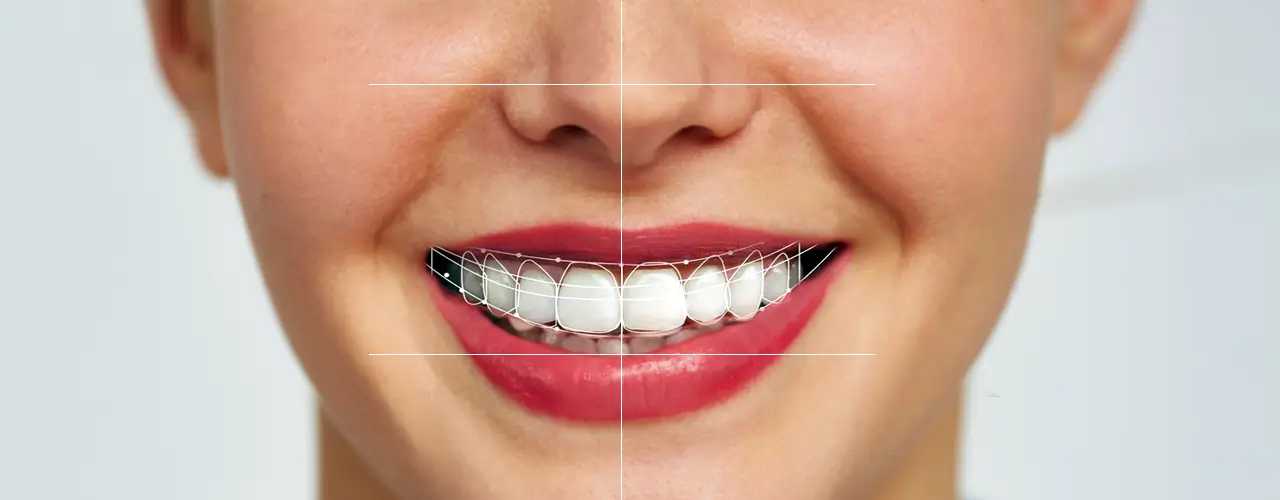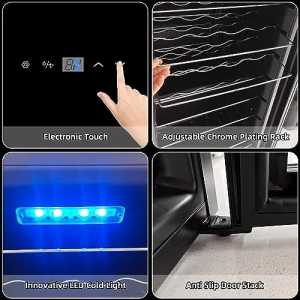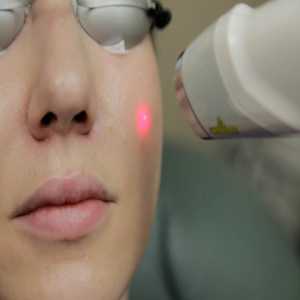
Achieving Predictable Outcomes In Digital Smile Designing

The field of cosmetic dentistry has seen remarkable advancements in recent years, and one of the most exciting innovations is digital smile designing. This cutting-edge technology allows dentists to create highly personalized, aesthetically pleasing smiles with incredible precision. However, one of the challenges that both patients and dental professionals face is achieving predictable outcomes. Since smile design involves intricate changes to the teeth, gums, and facial features, ensuring that the final result aligns with the patient’s expectations is essential for both satisfaction and success.
In this blog, we’ll explore how digital smile designing works, the factors that contribute to predictable outcomes, and why it has become a game-changer in the world of cosmetic dentistry.
What is Digital Smile Designing?
Digital smile designing (DSD) is a comprehensive approach to smile makeovers that leverages advanced technology to plan and execute aesthetic dental treatments. It involves the use of digital tools like 3D imaging, computer-aided design (CAD), and virtual simulations to create a personalized treatment plan for each patient. By capturing high-resolution images and scans of the patient’s face, teeth, and gums, the dentist can create a detailed, virtual representation of how the final smile will look.
This process is not only about enhancing the appearance of the teeth but also about harmonizing the smile with the patient’s facial features. Whether a patient is looking for subtle improvements or a dramatic transformation, digital smile designing allows for precise customization, leading to better results and greater patient satisfaction.
The Challenges of Achieving Predictable Outcomes in Smile Designing
While digital smile designing offers unprecedented accuracy, achieving a predictable outcome still depends on several factors. The goal is to ensure that the final result is not only aesthetically pleasing but also functional and sustainable. Here are some challenges that dentists must consider when working with digital smile design technology:
1. Patient Expectations
Every patient comes to a dental office with their own vision of the perfect smile. Some may want to fix minor imperfections, while others might be aiming for a dramatic transformation. The key to achieving predictable results is ensuring that the dentist and the patient are on the same page about what is achievable.
During the initial consultation, clear communication is essential. Dentists must assess the patient's oral health, discuss their smile goals, and explain what can be realistically accomplished based on their facial structure, tooth alignment, and overall dental condition. Setting realistic expectations early on helps prevent dissatisfaction after treatment.
2. Facial Harmony and Proportions
A natural-looking smile is one that complements the patient’s overall facial features, including lip shape, skin tone, and even personality. One of the primary benefits of digital smile designing is that it allows dentists to plan the smile makeover in a way that takes these factors into account.
For example, the dentist can use digital imaging tools to assess the proportion of the patient’s teeth relative to their facial features. This ensures that the new smile will look natural and harmonious. If the teeth are too large or too small for the patient’s face, the smile may appear artificial, even if the teeth themselves are perfectly aligned and shaped. Achieving this balance is crucial for predictable and aesthetically pleasing outcomes.
3. Precise Planning and Simulations
The ability to simulate the final outcome before treatment is a key feature of digital smile designing. By creating digital mock-ups or virtual models of the proposed changes, patients can visualize their new smile and provide feedback before any work begins. This step reduces the guesswork and ensures that both the dentist and the patient are aligned in terms of expectations.
However, the accuracy of these simulations depends on the quality of the initial digital scans and images. Any discrepancies in the scanning process—such as inaccurate measurements or distortions—can affect the precision of the virtual design. High-quality scans and detailed imaging are essential for ensuring the final result matches the virtual simulation as closely as possible.
Key Factors That Contribute to Predictable Outcomes in Digital Smile Designing
Several factors play a vital role in achieving predictable, successful results in digital smile designing. By focusing on these key elements, dentists can ensure a more reliable and satisfactory outcome for the patient:
1. Comprehensive Initial Assessment
The first step in any successful smile designing process is a thorough assessment of the patient's oral health. This includes not only evaluating the teeth but also examining the gums, bite, and overall facial aesthetics. Factors like gum health, tooth alignment, and jaw position can influence the final smile design.
A comprehensive dental examination also allows the dentist to identify any underlying issues that may need to be addressed before the smile makeover begins, such as decay, gum disease, or bite irregularities. This ensures that the foundation for the smile design is strong and healthy, which ultimately contributes to the predictability and longevity of the results.
2. Digital Imaging and 3D Scanning
The accuracy of digital smile designing relies heavily on the quality of the digital images and scans taken of the patient’s teeth and face. Using high-resolution intraoral scanners, 3D imaging software, and facial scans, dentists can gather precise data to create a digital representation of the patient’s current smile. These digital tools allow for detailed planning of the treatment, ensuring that all the elements of the smile—such as tooth size, alignment, and proportions—are carefully considered.
Advanced scanning techniques can also capture the dynamic nature of the patient’s smile, showing how the teeth and lips interact when speaking or laughing. This information helps the dentist plan a smile that looks natural and functional in real life, not just in static images.
3. Patient Feedback and Collaboration
Achieving a predictable result in smile designing requires close collaboration between the dentist and the patient. After presenting the digital mock-up, the dentist should encourage the patient to provide feedback. This collaborative process allows the patient to visualize their new smile and request any changes or adjustments before the procedure begins. By involving the patient in the decision-making process, dentists can ensure that the final result aligns with the patient’s desires and expectations.
4. Precise Execution of the Treatment Plan
Once the smile design is finalized and agreed upon, the dentist must ensure that the execution of the treatment plan matches the digital design as closely as possible. Whether it involves creating custom veneers, crowns, or other restorative treatments, the materials and techniques used should reflect the precision of the digital plan.
Advancements in dental technology, such as CAD/CAM systems for creating restorations, ensure that the final restorations fit precisely and seamlessly with the patient’s natural teeth. These systems can produce highly accurate crowns, veneers, and bridges, helping to turn the digital mock-up into a reality.
5. Long-Term Maintenance and Follow-Up
Achieving predictable outcomes in smile designing is not just about the immediate results but also about ensuring the longevity and health of the smile. After the treatment is completed, the dentist should provide the patient with guidelines for maintaining their new smile. Regular check-ups and preventive care, such as professional teeth cleaning, will help keep the smile looking great for years to come.
Conclusion
Smile designing has transformed the way we approach cosmetic dental treatments, offering a level of precision and customization that was previously unattainable. Achieving predictable outcomes requires careful planning, high-quality imaging, clear communication with the patient, and precise execution of the treatment plan. When these elements come together, the result is a smile that not only enhances the patient’s appearance but also reflects their unique facial features and personality.
By focusing on these key factors, dentists can provide patients with a smile that meets their aesthetic goals, fits harmoniously with their face, and stands the test of time. Whether you’re considering a minor enhancement or a full smile makeover, digital smile designing offers a modern, effective solution for achieving the smile of your dreams.
Author Bio
Article Comments
No Comments!
At present there are zero comments on this article.
Why not be the first to make a comment?
Similar Articles
Search Pages
User Upgrade
account to full use of editor,
Including hyperlinks
Article Categories
There are zero sub-categories in this parent category.
There are zero sub-categories in this parent category.

















